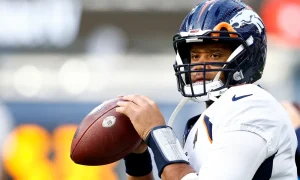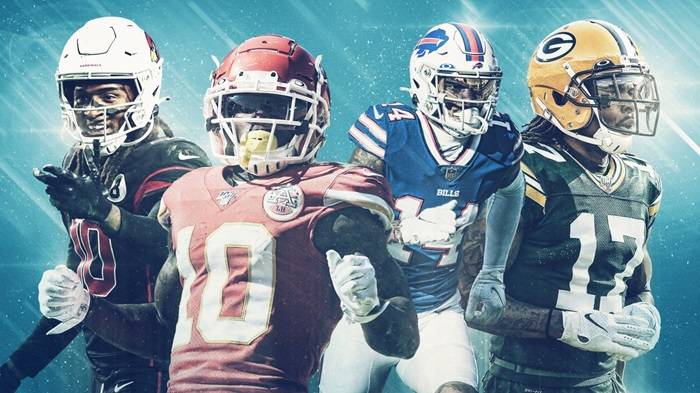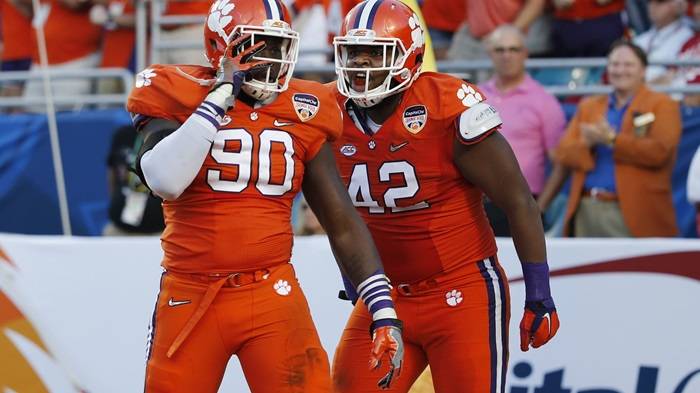In the vast landscape of football, each position plays a crucial role, akin to a piece in a grand symphony. From the quarterback’s orchestration of plays to the defensive tackle’s relentless pursuit of the ball, every position contributes uniquely to the team’s success. In this comprehensive guide, we delve into the intricacies of each football position, uncovering their responsibilities, the skills required, and the indispensable role they play in shaping the outcome of the game.
Football, also known as soccer in some parts of the world, is a game of strategy, skill, and teamwork. At the heart of every successful team are the players, each with their unique roles and responsibilities. From the goalkeeper to the forwards, every position on the field contributes to the team’s overall performance. In this comprehensive guide, we’ll delve into each football position, uncovering the intricacies of their roles, the skills required, and the impact they have on the game.
Quarterback (QB):
The quarterback stands as the maestro of the offense, dictating plays, and leading the team down the field. Their responsibilities extend beyond just throwing the ball; they must read defenses, make split-second decisions, and exhibit exceptional leadership qualities. Quarterbacks are often the face of the team, facing immense pressure and scrutiny but also reaping the rewards of success.
Responsibilities: Passing the ball accurately, reading defenses, audibling plays, and leading the offense.
Skills Required: Arm strength, accuracy, decision-making, leadership, and communication.
Famous Examples: Tom Brady, Peyton Manning, and Patrick Mahomes.
Running Back (RB):
The running back serves as the offensive engine, driving the ground game and providing a multi-faceted threat to the defense. Whether pounding through the line for tough yards or catching passes out of the backfield, running backs must possess a blend of power, speed, and agility to excel in their role.
Responsibilities: Running the ball, pass-blocking, catching passes, and sometimes even throwing on trick plays.
Skills Required: Speed, agility, vision, strength, and catching ability.
Famous Examples: Adrian Peterson, Barry Sanders, and Christian McCaffrey.
Wide Receiver (WR):
Wide receivers are the playmakers of the passing game, tasked with catching the quarterback’s throws and making big plays down the field. They must possess lightning-fast speed, precise route-running ability, and exceptional hands to outmaneuver defenders and create separation.
Responsibilities: Running routes, catching passes, blocking, and sometimes returning kicks.
Skills Required: Speed, agility, hands, route-running, and spatial awareness.
Famous Examples: Jerry Rice, Randy Moss, and Julio Jones.
Tight End (TE):
Tight ends serve as a hybrid between offensive linemen and wide receivers, capable of both blocking in the trenches and making plays in the passing game. They often create mismatches against slower linebackers or smaller defensive backs, utilizing their size and athleticism to their advantage.
Responsibilities: Blocking, catching passes, and sometimes lining up as a fullback or H-back.
Skills Required: Blocking technique, route-running, catching ability, and physicality.
Famous Examples: Rob Gronkowski, Tony Gonzalez, and Travis Kelce.
Offensive Line (OT, OG, C):
The offensive line forms the backbone of the offense, providing protection for the quarterback and creating running lanes for the ball carriers. Comprising tackles, guards, and centers, this unit must operate cohesively, communicating effectively to thwart the opposing defense’s pass rush and open holes for the running backs.
Responsibilities: Protecting the quarterback, blocking for the running backs, and executing various blocking schemes.
Skills Required: Strength, technique, footwork, communication, and mental acuity.
Famous Examples: Anthony Munoz, Larry Allen, Jonathan Ogden.
Defensive Line (DE, DT, NT):
The defensive line serves as the first line of defense against the opposing offense, tasked with disrupting plays in the backfield and pressuring the quarterback. Defensive ends and tackles must exhibit a combination of strength, agility, and explosiveness to shed blocks and make tackles behind the line of scrimmage.
Responsibilities: Rushing the passer, stopping the run, and occupying blockers to free up linebackers.
Skills Required: Strength, agility, hand-fighting techniques, and football IQ.
Famous Examples: Reggie White, J.J. Watt, Aaron Donald.
Linebacker (ILB, OLB):
Linebackers are the defensive playmakers, patrolling the field and making tackles from sideline to sideline. They must possess a versatile skill set, capable of stopping the run, dropping into coverage, and rushing the passer when called upon. Linebackers serve as the quarterbacks of the defense, relaying signals and adjustments to their teammates.
Responsibilities: Tackling ball carriers, covering tight ends and running backs, blitzing, and making defensive calls.
Skills Required: Speed, tackling ability, coverage skills, football IQ, and leadership.
Famous Examples: Ray Lewis, Lawrence Taylor, Luke Kuechly.
Cornerback (CB):
Cornerbacks are tasked with shutting down opposing wide receivers, playing a pivotal role in the pass defense. They must possess exceptional speed, agility, and ball skills to shadow receivers and break up passes. Cornerbacks often operate on an island, requiring a blend of confidence and technique to succeed in coverage.
Responsibilities: Covering wide receivers, breaking up passes, and providing run support.
Skills Required: Speed, agility, ball skills, anticipation, and physicality.
Famous Examples: Deion Sanders, Richard Sherman, and Darrelle Revis.
Safety (SS, FS):
Safeties serve as the last line of defense in the secondary, responsible for preventing big plays and providing support against both the run and pass. They must possess a combination of coverage skills and tackling ability, capable of reading the quarterback’s eyes and reacting quickly to break up passes or make tackles in open space.
Responsibilities: Covering deep passes, providing run support, and making open-field tackles.
Skills Required: Awareness, tackling ability, coverage skills, and communication.
Famous Examples: Ed Reed, Troy Polamalu, and Ronnie Lott.
Related Post:
Mastering the Fundamentals: Essential Basketball Skills Every Player Should Know
How to Play Pickleball: Essential Tips and Strategies for Beginners
The Favorites to Win Euro 2024 Based on Bookmakers’ Odds
In the intricate tapestry of football, each position contributes uniquely to the team’s success, forming a cohesive unit that strives for victory on the gridiron. From the strategic prowess of the quarterback to the relentless pursuit of the defensive tackle, every player fulfills a vital role in shaping the outcome of the game. Understanding the responsibilities, skills, and challenges faced by each position provides a deeper appreciation for the symphony of football and the individuals who bring it to life on the field.
every football position plays a vital role in shaping the outcome of a game. From the goalkeeper keeping the opposition at bay to the forwards finding the back of the net, each player contributes to the team’s success. Understanding the intricacies of each position provides a deeper appreciation for the beautiful game and the skill and teamwork it entails. Whether you’re a goalkeeper making crucial saves or a striker scoring the winning goal, every player has a part to play in the drama that unfolds on the football pitch.





